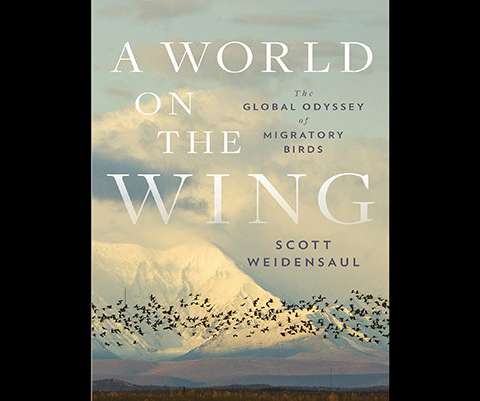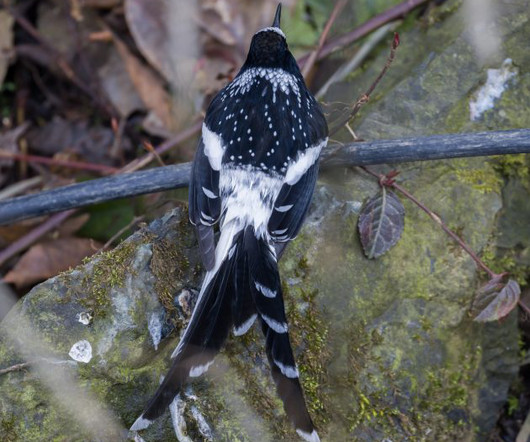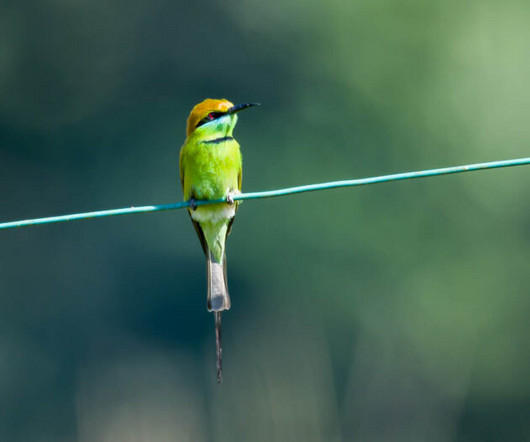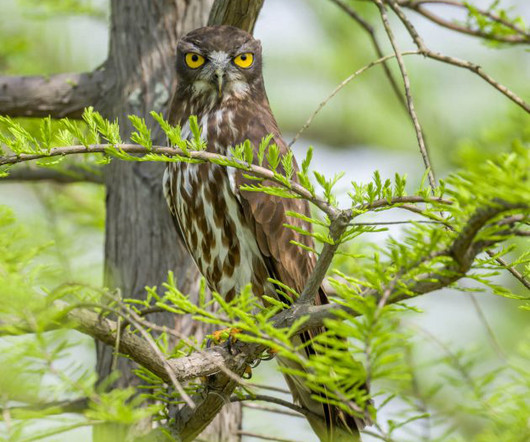Can Nature Take Care of Itself?
10,000 Birds
DECEMBER 4, 2015
Consider this: ninety percent of birds treated at wildlife centers are admitted as a result of human interactions that have nothing to do with “nature.” Our world has changed, and humans have created that change. Wildlife no longer exists in the same way it did before humans came on the scene. The difference seems obvious.

















Let's personalize your content